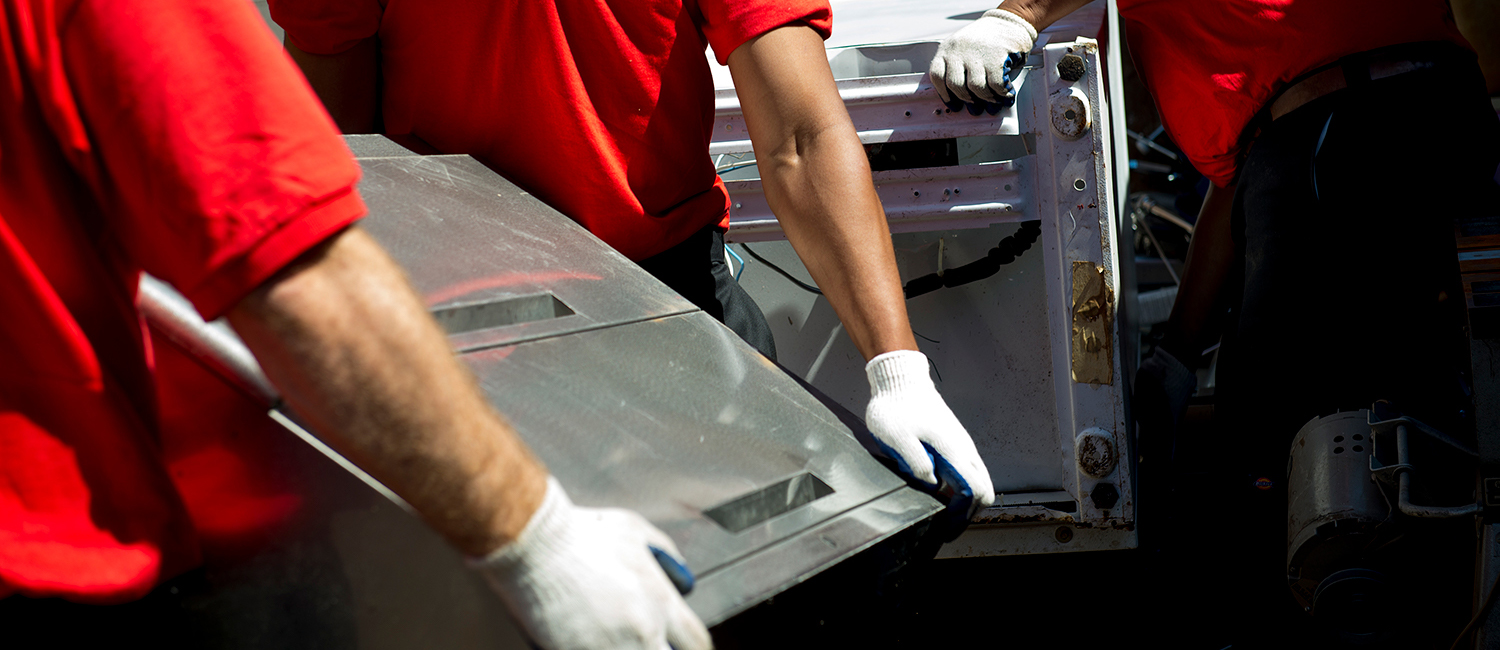The Ultimate Overview To Choosing The Appropriate Dumpster Size For Your Project
The Ultimate Overview To Choosing The Appropriate Dumpster Size For Your Project
Blog Article
Material Written By-Matthiesen York
When starting a task that calls for a dumpster, the size you select can significantly affect its effectiveness and cost-effectiveness. Visualize having the best container that accommodates all your waste without being excessively big or also small. It all starts with recognizing the subtleties of your job and choosing a dumpster dimension that lines up with your details requirements. So, prior to you make a decision, take into consideration the aspects at play to guarantee a seamless waste monitoring process from start to finish.
Aspects to Consider
When picking the best dumpster size, there are numerous crucial elements to think about.
Initially, think about the kind of waste you'll be dealing with. Various materials might need varying quantities of area, so recognizing what you'll be putting in the dumpster is important.
Next, examine the quantity of waste you anticipate to generate. If you ignore the quantity, you may need to make several trips to throw away whatever, which can be bothersome and expensive. On the other hand, renting a dumpster that's as well huge can result in unneeded expenses.
Furthermore, consider the area where the dumpster will certainly be positioned. Make sure there suffices space for the dumpster to be provided and grabbed with no obstructions.
Last but not least, think about any weight restrictions that might apply. Surpassing the weight restriction can result in extra costs or even the refusal of service.
Dumpster Dimension Choices
For selecting the right dumpster dimension, it's necessary to have a mutual understanding of the available options. Dumpster sizes typically range from 10 to 40 cubic lawns, with variations in between.
A 10-yard dumpster is suitable for small projects like a garage cleanout or a little renovation. If you're dealing with a medium-sized job such as a cooking area remodel or a basement cleanout, a 20-yard dumpster could be the appropriate selection.
For larger tasks like a whole-house renovation or industrial building and construction, a 30 or 40-yard dumpster could be preferable to accommodate the volume of waste produced.
When picking https://kevsbest.com/rubbish-removal-in-baltimore-md/ , take into consideration the amount and sort of particles you expect to take care of. moved here 's far better to choose a slightly larger dimension if you're unsure to avoid overfilling. Remember, it's even more cost-effective to rent out a dumpster that fits your needs rather than needing to purchase an extra one.
Matching Size to Project
Efficiently matching the dumpster size to your task is important for efficient waste monitoring. To identify the ideal dimension, consider the scope and nature of your project.
For little family cleanouts or remodellings, a 10-yard dumpster might be sufficient. These are generally 12 feet long and can hold around 4 pickup truck loads of waste.
For bigger projects like renovating several rooms or cleaning out a huge estate, a 20-yard dumpster may be better. These are around 22 feet long and can hold about 8 pickup truck tons.
If you're taking on a major construction job or business improvement, a 30-yard dumpster could be the best fit. These dumpsters have to do with 22 feet long and can suit regarding 12 pickup truck loads of particles.
Matching the dumpster size to your task guarantees you have enough room for all waste products without paying too much for extra capability.
Verdict
To conclude, picking the right dumpster size for your task is vital for effective waste disposal. By taking into consideration elements like the kind and amount of waste, area schedule, weight constraints, and spending plan restrictions, you can ensure you have the proper dimension dumpster for your needs. Ensure to match the size of the dumpster to the range and nature of your project to prevent overspending on unneeded expenditures.
